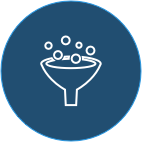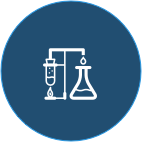Access the largest aggregator of public disclosure
Public enables media and financial platforms to fully automate the process of collecting, analyzing and organizing official announcements, documents and filings issued by companies, governments and organizations worldwide
-
Global coverage
-
Filtering and noise removal
-
Local source and vertical sources
-
Directly to your desk



